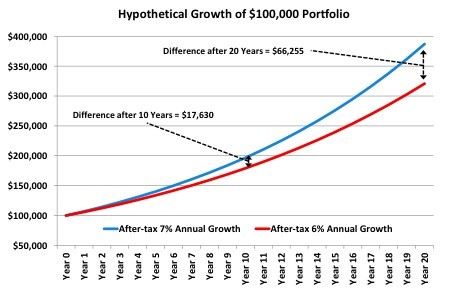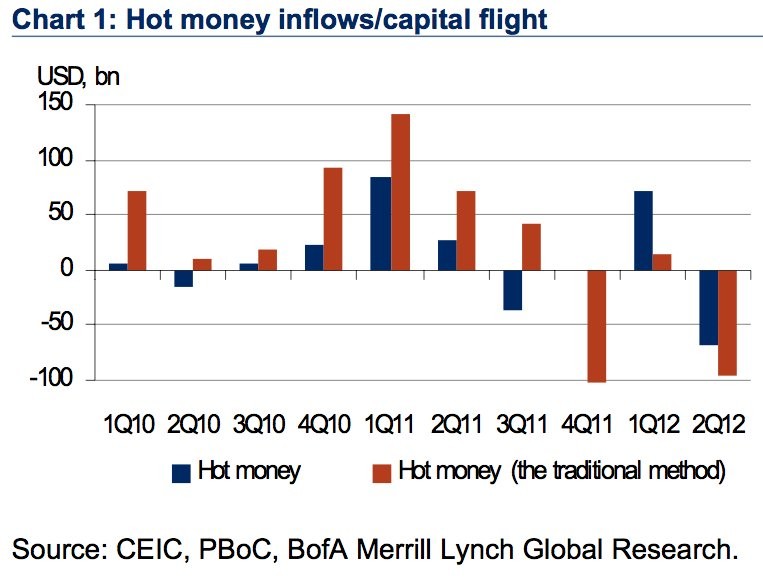How to Deal withTax Implications for Forex Currency Trading
Post on: 28 Май, 2015 No Comment

Seeing profits from forex trading is an exciting feeling both for you and your portfolio. But then, it hits you. What about taxes? The forex tax code can be confusing at first. This is because some forex transactions are categorized under Section 1256 contracts while others are treated under the Section 988 – the Treatment of Certain Currency Transactions.
Section 1256 provides a 60/40 tax treatment which is lower compared to its counterpart. By default, all forex contracts are subject to the ordinary gain or loss treatment. Traders need to “opt-out” of Section 988 and into capital gain or loss treatment, which is under Section 1256. There is no use in trying to wiggle out of your taxes. Every trader in the United States is required to pay for their forex capital grains.
More Information about Section 1256
Section 1256 is defined by the IRS as any regulated futures contract, foreign currency contract or non-equity option, including debt options, commodity futures options and broad-based stock index options. This section allows you to report capital gains using Form 6781 from the IRS (Gains and Losses from Section 1256 Contracts and Straddles ). Take note that you have to separate the capital gains on Schedule D in a 60/40 split. It is divided as such:
- 60% of the total capital gains are taxed at 15% which is the lower rate
- 40% of the total capital gains can be taxed to as high as 35%. This is the ordinary capital gains tax.
More Information about Section 988
In this Section 988. the gains and losses from forex are considered as interest revenue or expense. Because of this, capital gains are also taxed as such. The 60/40 split is not used and traders can expect to pay more if they fall under this section. The Section 988 is also complicated because forex traders have to deal with currency value changes on an everyday basis.
However, the IRS also made some provisions that will allow daily rate changes to be considered part of the trader’s assets or a part of the business. As a result, you can opt-out of Section 988 and then tax your capital gains using Section 1256.
How to Opt Out of Section 988

The IRS does not really require a trader to file anything in order to opt out. But it is important to keep an “internal” record that shows that you have decided to opt out of Section 988. Many forex traders wait for about a year before opting out of this section. Why? They are just observing how much profit they can make from forex trading.
Form 8886 and Trading Losses
If you suffered large losses you may be able file Form 8886 (see below for form). If your transactions resulted in losses of at least $2 million in any single tax year ($50,000 if from certain foreign currency transactions) or $4 million in any combination of tax years you may be able file form 8886.
Paying for the Forex Taxes
Filing the tax itself isn’t hard. A US-based forex trader just needs to get a 1099 form from his broker at the end of each year. If the broker is located in another country, the forex trader should acquire the forms and any related documentations from his accounts. Getting professional tax advice is recommended as well.
As you can see, there is nothing difficult about paying for forex profits at this point. However, as this trading becomes more popular, the IRS is bound to come up with more measures that will regulate the trade. But if there’s one piece of advice you should take from this, it’s to always pay your taxes.
Tax Forms
Trader Tax Forums, and Websites*
Traders Accounting. They have written a lot of educational resources about trading and taxes
Google Answers. Question is a few years old, can still has a lot of information














